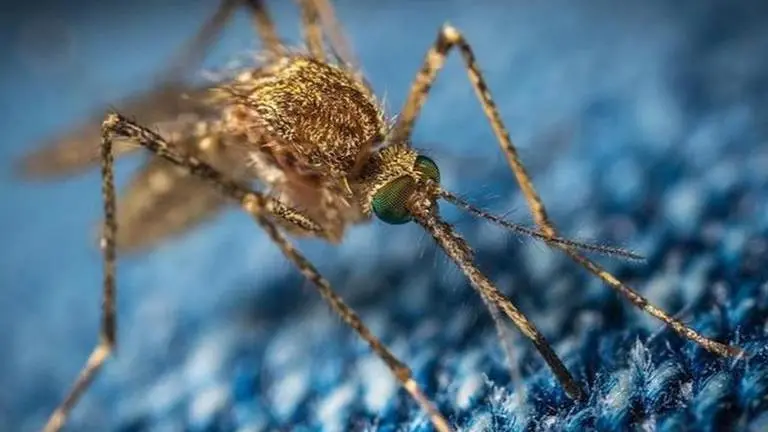Updated 13 September 2021 at 15:21 IST
UC San Diego researchers develop new tech designed to control mosquito population: Report
Researchers at UC San Diego have developed a novel method that uses advances in CRISPR-based genetic engineering to control mosquito populations
- Science News
- 2 min read

Researchers at the University of California San Diego have reportedly developed a novel method that uses advances in CRISPR-based genetic engineering to control mosquito populations that infect millions of people with devastating diseases.
In Aedes aegypti, the mosquito species that spread diseases including dengue fever, chikungunya, and Zika, the novel precision-guided sterile insect method, or pgSIT modify genes linked to male fertility (resulting in sterile offspring) and female flight (resulting in sterile offspring), Science Daily reported.
pgSIT males can eradicate mosquito populations
UC San Diego Biological Sciences Professor Omar Akbari was quoted by Science Daily as saying that the pgSIT is a revolutionary scalable genetic control system that engineers deployable mosquitoes that can reduce populations using a CRISPR-based technique. He added that because males do not transmit diseases, the theory is that by releasing more and more sterile males, the population can be suppressed without the use of damaging pesticides and insecticides. The envisioned pgSIT system, according to Akbari, may be deployed by delivering sterile male and flightless female eggs at specific sites where mosquito-borne disease is spreading.
The researchers write in their Nature Communications publication that they empirically demonstrate that released pgSIT males can compete, suppress, and even eradicate mosquito populations, supported by mathematical models.
Advertisement
Farmers have been sterilising male insects to protect their harvests since at least the 1930s, despite the advent of molecular genetic engineering methods. In the 1950s, growers in the United States began utilising radiation to sterilise nuisance species like the New World Screwworm fly, which has been known to kill livestock. Similar radiation-based approaches, as well as the usage of insecticides, are still in place today. Because pgSIT employs CRISPR rather than radiation or chemicals to modify essential mosquito genes, it is designed to be a far more precise and scalable approach.
pgSIT technique can be applied to other disease-carrying insects
According to Akbari, pgSIT eggs might be sent to an area where mosquito-borne disease is a danger or created at an on-site facility that could produce the eggs for deployment nearby. When pgSIT eggs are released in the wild at a peak rate of 100-200 pgSIT eggs per Aedes aegypti adult, sterile pgSIT males emerge and mate with females, thus reducing the wild population. The researchers believe that the pgSIT technique might be applied to other disease-carrying insects besides Aedes aegypti.
Advertisement
(Image: Pixabay)
Published By : Rohit Ranjan
Published On: 13 September 2021 at 15:21 IST
